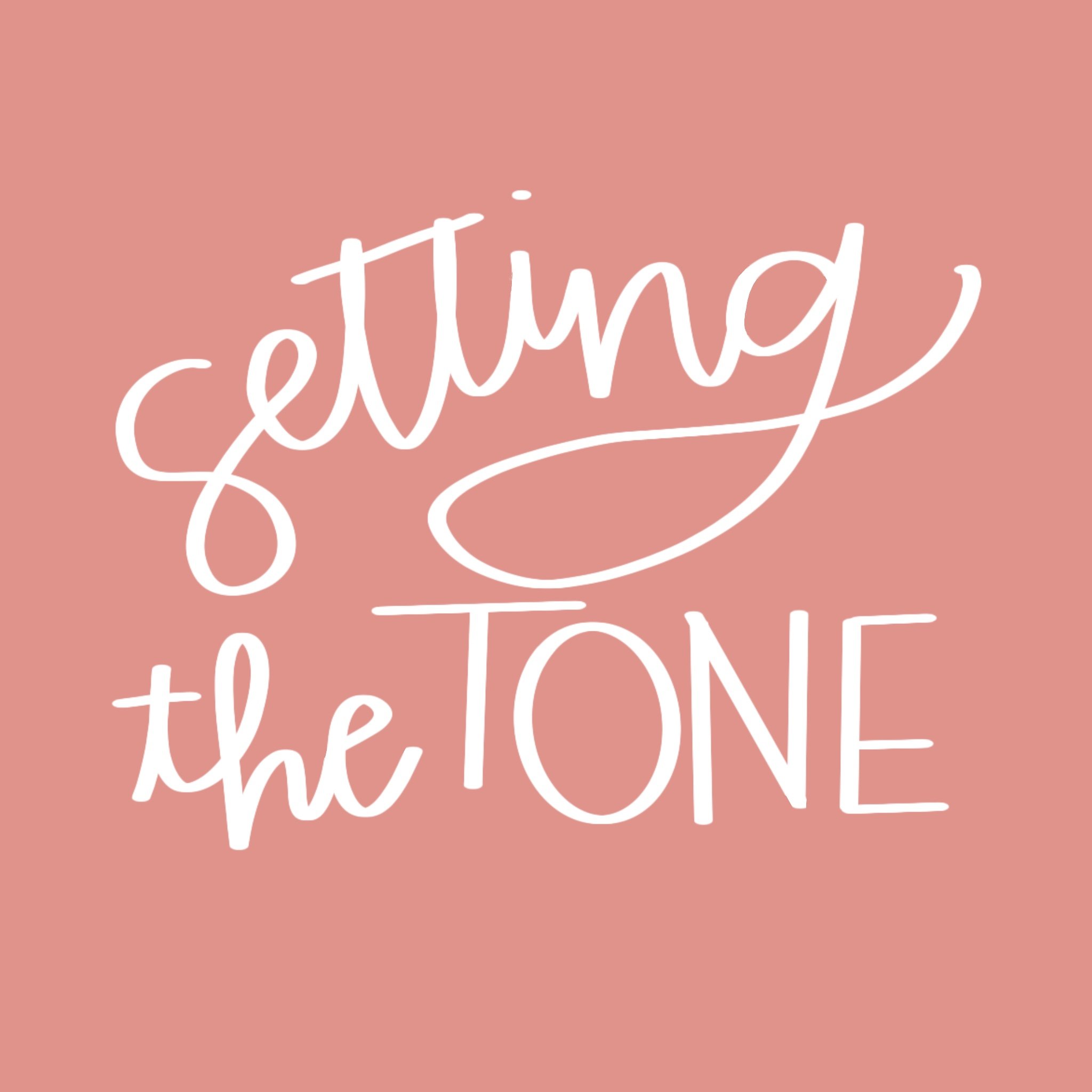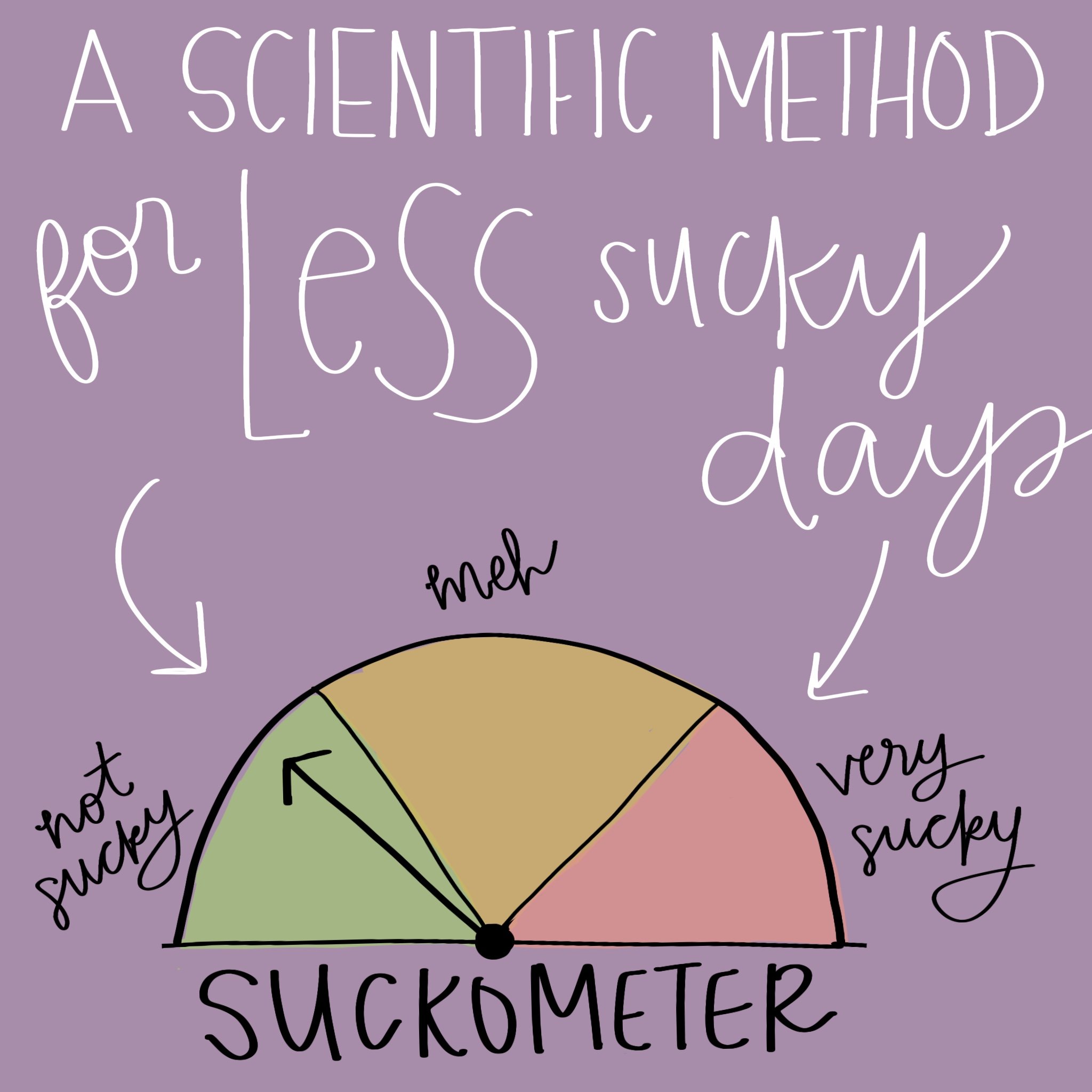How do I set some boundaries in the new year as a teacher to avoid burnout?
Whew. That’s the hot question in education right now, isn’t it?
Boundaries (and avoiding burnout) are some of the biggest contributing factors for setting the right tone in teaching. This is, of course, true at any point in the year, but the start of a new calendar year is a great time to reassess and reprioritize boundaries in and out of the classroom.
The state of public education in America isn’t perfect BUT I do still think it’s possible to set boundaries in your professional life to protect your joy and enjoy your time in the classroom.
Boundaries to Help Elementary Teacher Work/Life Balance
Boundary setting is crucial for maintaining a healthy work-life balance, especially for teachers who often face demanding schedules and, at times, an emotionally draining job. Here are some tips for teachers to set boundaries in their work life:
Establish Clear Work Hours:
Clearly define your work hours and stick to them. This includes when you start and finish work each day. Communicate these hours to your teaching team, students, and parents. For example, one year my students left school at 3:30pm so my goal was to leave by 4:30pm every day except Friday because that was the day my team chose to plan after school. On that day, we had a deal that computers closed by 5:15pm. If you stick to your boundaries, people will get used to that schedule. In my case, even our super chatty custodian knew I stuck to the schedule and the custodian happily honored it.Prioritize Tasks: Identify and prioritize tasks to focus on the most important ones first. Doing so can help prevent work from spilling into personal time unnecessarily. This is especially crucial after school. What do you actually need to get done before the school day tomorrow and what can wait?
Learn to Say No: It's okay to decline additional tasks or responsibilities if your plate is already full. Saying no is a valuable skill to maintain a balance and prevent burnout. Trust me, I was all about moving up the ladder my first few years teaching and volunteered for every committee/team/leadership opportunity I could get my hands on. While there were certainly benefits getting to know the curriculum, I definitely could not have maintained that pace for more than a handful of years.
Set Realistic Goals: Establish achievable goals for each day or week. Avoid overloading yourself with tasks that may lead to stress and an inability to meet deadlines. This is a callback to #3. I like to brain-dump list whenever I’m feeling overwhelmed - literally write down every small and big task I need to do including deadlines when applicable. Then, I go back and add the MUST DO things to my calendar based on when they are due. (Here’s a blog about “Must Do vs Can Do” when planning for Meet the Teacher, but the planning page could totally work all year long.)
Limit Work Outside of Contracted Hours: Try to limit work-related activities outside of your contracted hours. Avoid checking emails or grading papers during personal time unless absolutely necessary. I know this is easier said than done, so if it feels impossible, create boundaries for yourself. For me, I allow myself to check my emails once sometime before bed and once in the morning. I don’t mind that amount because I can clean up my inbox easier at home while watching TV than I can at school when people are trying to talk to me. As far as grading - really assess if you actually need to grade everything. Consider whether some assignments can be graded while students are doing them (walking around with a pen to provide in-the-moment feedback) or a stamp that says “This was just for practice!”.
Delegate When Possible: If you have the opportunity, delegate tasks to others. This can include involving students in certain responsibilities or collaborating with colleagues.
Delegate to Students: Class jobs are some of my favorite thing but they only work if they are actually jobs to be done. For instance, I hated turning off all of my lamps at the end of the day - that was an easy job to hand over. Cleaning the classroom library. Sharpening pencils. Picking up papers. Checking your mailbox. What are things that take up your time regularly that could be handed over to a student job?
Collaborate with Colleagues: TRUST ME when I say that I am a bit of a control freak when it comes to planning - I want to teach the way I want to teach - so at first I really snubbed my nose at grade-level planning collaboration. However, after a few months I realized that it was super beneficial for a few reasons: 1) it kept us all on track, 2) at the same pace, and 3) it saved me a ton of work. Each of us takes a preferred subject and are in charge of pulling resources and lesson plans for that subject to share. Chef’s kiss.Take Breaks: Schedule breaks throughout the day to recharge. Stepping away from work, even for a short time, can improve focus and overall well-being. Go to the bathroom at the beginning of your plan period (whether you need to go or not) because it is a great reset. I have a colleague that always goes to eat lunch in her car because being outside and away from talking helps her recharge. Another colleague takes a quick walk during her break. Finding a way to add a reset break in your schedule can be super important so you don’t burnout from always feeling “on.”
Communicate Boundaries Clearly: Let colleagues, students, and parents know about your boundaries in a clear and respectful manner. Effective communication can prevent misunderstandings. This is especially helpful with your schedule. If you let parents know when you will be available for contact, even if thy don’t like it, they are prepared for it. When colleagues know that you leave by 4:30pm for your mental health it helps prevent them from feeling self-conscious that you don’t want to talk to them.
Engage in Self-Care: Prioritize self-care activities, such as exercise, hobbies, and spending time with loved ones. Taking care of your well-being is essential for long-term success as a teacher. I just picked up reading again a few years ago (check out my favorites from last year here) and it has been such a good way for me to totally unplug and even connect with a reader community I had no idea that existed. I also started going to group exercise classes at my local community center and they have been SO fun (and obviously we all know exercise is good for the mental health). Finally, on Saturday mornings, my family heads to grab donuts, coffee, and then go play at the park. It combines all of our favorite things and is such a sweet start to the weekend.
Reflect Regularly: Periodically assess how well you are maintaining your boundaries and adjust as needed. Reflecting on your work-life balance can help you make necessary changes. For this, I put a note at the end of each month in my planner to check in. Have I stayed committed to my boundaries? Are there any that don’t feel doable and need adjusting? Are there any I need to tighten up?
Remember that setting boundaries is a continuous process, and adjustments may be needed over time. Prioritizing self-care and maintaining a balance will contribute to your overall job satisfaction and well-being. And a happy teacher makes for happy kids and happy kids make for a happy teacher, so let’s continue to work to put in those boundaries so we can find joy in the classroom again.



